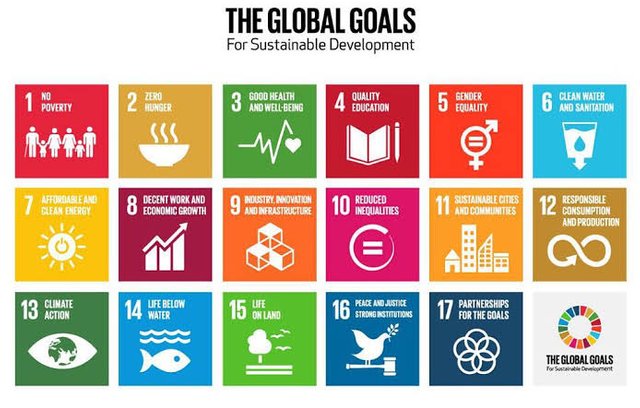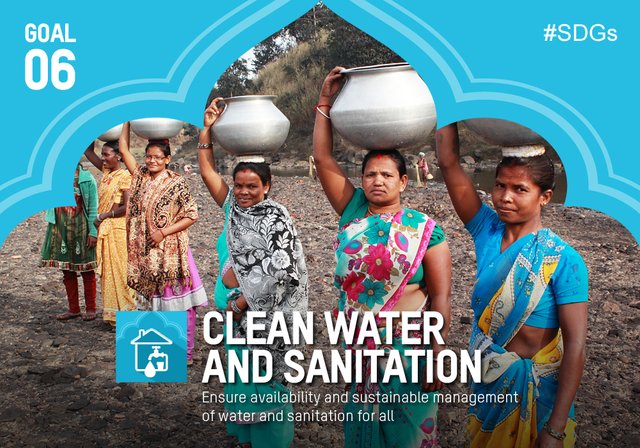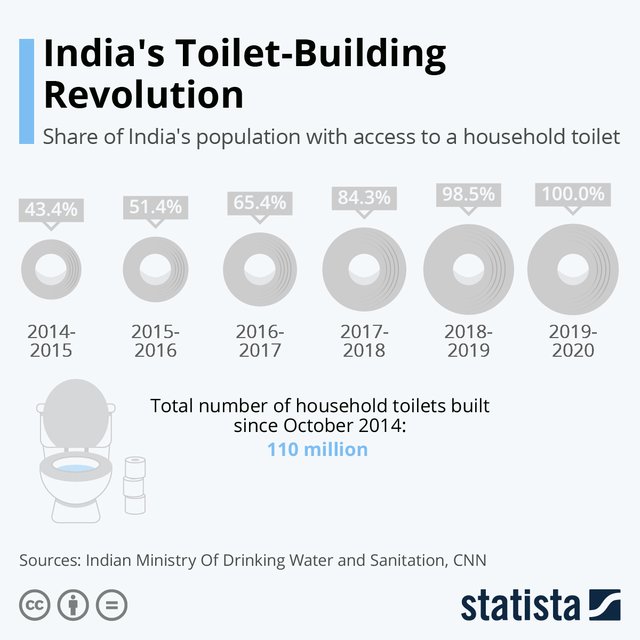HELLO #YouthClub!,
This is Nirmalya alias @kingporos. This is a great opportunity to discuss Sustainable Goals laid out by United Nations.
Sustainable Development Goals is the "blueprint to achieve a better and more sustainable future for all". General Assembly of United Nations in 2015 adopted the 2030 Agenda for Sustainable Development. It includes 17 Sustainable Development Goals (SDGs). Based on the leaving no one behind, the new agenda promotes sustainable development for all.

GOAL I: No Poverty
GOAL II: Zero Hunger
GOAL III: Good Health and Well-being
GOAL IV: Quality Education
GOAL V: Gender Equality
GOAL VI: Clean Water and Sanitation
GOAL VII: Affordable and Clean Energy
GOAL VIII: Decent Work and Economic Growth
GOAL IX: Industry, Innovation, and Infrastructure
GOAL X: Reduced Inequality
GOAL XI: Sustainable Cities and Communities
GOAL XII: Responsible Consumption and Production
GOAL XIII: Climate Action
GOAL XIV: Life Below Water
GOAL XV: Life on Land
GOAL XVI: Peace and Justice Strong Institutions
GOAL XVII: Partnerships to Achieve the Goal

Today I want to talk about Progress of India's Goal 6, Clean water & sanitation.

Each day, nearly 1,000 children die due to water and sanitation-related infections all over the world. Till now 4,00,000 child died due to water borne diseases. Globally 3 out of 10 people still lack access to safe drinking water and 6 out of 10 people lack safe sanitation facilities. According to a 2015 report, 1.2 billion people continue to practice open defecation and 2.4 billion people lack access to basic sanitation services, such as toilets or latrines.
Just a few years ago, in 2015, India's population of about 568 million, nearly half, was defecating in the fields, forests, waters, and other public places due to a lack of toilets. India alone accounted for 90% of South Asia's population and half of the world's 1.2 billion people who defecate outdoors. The situation was very bad and worsening
After United Nations announced the 2030 agenda, the Government of India took control over the situation and invested heavily in the construction of sanitary facilities. In a national campaign called the Swachh Bharat Mission the Government of India allocated nearly 70,000 Crore Indian Rupees or $ 9.5 billion between 2014 and 2020 to make household toilets accessible. It allowed India to achieve 100% open defecation-free in 2020. Between 2014 to 2020, the Government of India built more than 110 million toilets throughout India.

To continue the efforts and legacy Govt recently announced Urban Swachh Bharat Mission 2.0 with a budget of a total of 1.42 Lakh Crore Indian Rupees or $19 billion from 2021 to 2026. The main focus of Urban Swachh Bharat Mission 2.0 will be to effectively manage waste from complete waste sludge management and wastewater treatment, waste source separation, reduction of disposable plastics, construction and demolition activities to reducing air pollution, and bio cleaning all existing landfills.
As of India's water supply has also improved significantly. However, many people still do not have access to clean water. Through many government programs at the national, state, and community levels have resulted in rapid improvements in drinking water supplies. Some of these programs are also in progress.
In 2015, 88% of the total population had at least basic water access, 96% in urban areas and 85% in rural areas. Still, nearly 50% of the population does have safe drinking water, mainly in rural areas.
India will face one of the worst water crises in upcoming years. A report suggests 40% of Indians will have no access to drinking water by 2030. That's is pretty scary for a country with a population of 140 Billion.
To avert this upcoming disaster the government created a new Ministry, the Ministry of Jal Shakti with different budget allocations. This ministry will take place on the Jal Jeevan Mission Rural line to provide tap water connections to 19.04 million rural households by 2024. In govt report till now, 3.3 million rural homes have been provided with tap water connections.
The center for providing clean water to all Urban Local Body areas was assigned the main mass of Rs 2.87 lakh crore or $40 Billion separately for Jal Jeevan Mission Urban. Union Budget has announced the launch of the Jal Jeevan Mission with a vision of
Every rural household has a drinking water supply inadequate quantity of prescribed quality on a regular and long-term basis at affordable service delivery charges leading to improvement in living standards of rural communities. source
Future generations depend on the success of the Agenda laid by the United Nations. We have to work as a family to overcome the difficulties ahead.
Links :
Rural India achieved 100 pc ODF status
Urban Swachh Bharat Mission 2.0 allocated Rs 1.42 lakh crore over 5 years
Hello @kingporos
Welcome to the Youth Club community..
Thanks for your contribution and partisipation in the contest, wish you are a winner !
Regard @teukumuhas as youthclub team
Downvoting a post can decrease pending rewards and make it less visible. Common reasons:
Submit
Thank you @teukumuhas 🙏🏾
Downvoting a post can decrease pending rewards and make it less visible. Common reasons:
Submit
Good review,
Thanks for participated on Contest.
Downvoting a post can decrease pending rewards and make it less visible. Common reasons:
Submit
Thanks @ponpase! I hope Youth Club gets the support this month.
Downvoting a post can decrease pending rewards and make it less visible. Common reasons:
Submit
Congratulations ! You Got Upvote by Youth Club Community.
Join Youth Club Community
Introduction Youth Club Community
Downvoting a post can decrease pending rewards and make it less visible. Common reasons:
Submit
Great review, thanks for participating in the contest. Hopefully more people on Steem know about the SDGs. Good Luck!!!
Downvoting a post can decrease pending rewards and make it less visible. Common reasons:
Submit